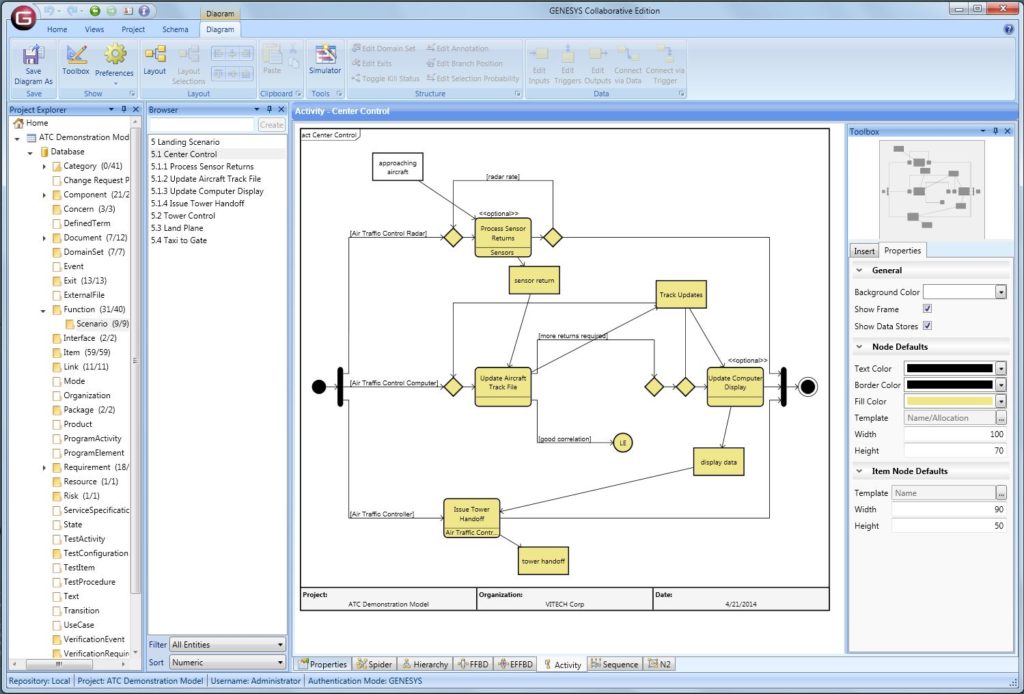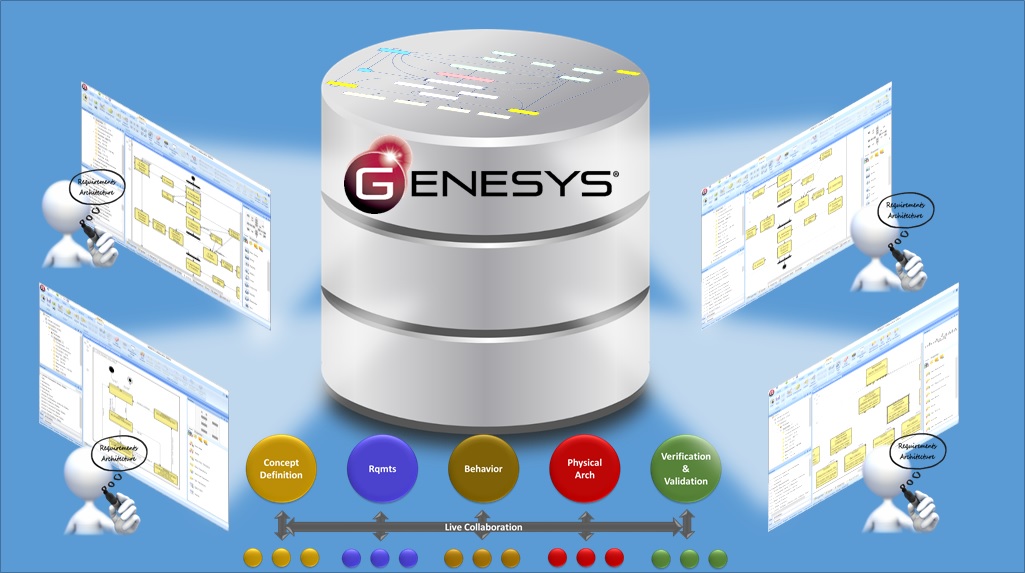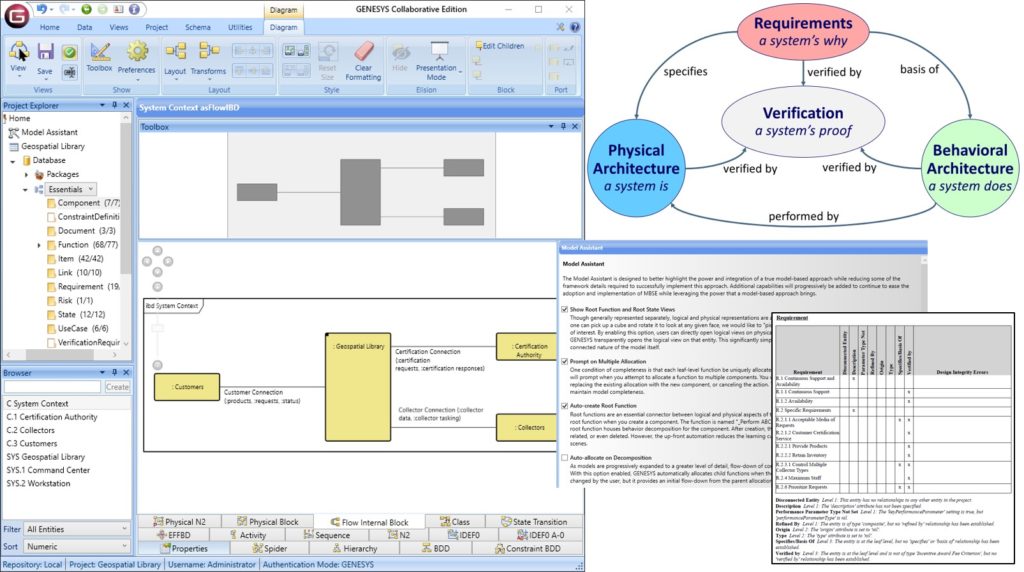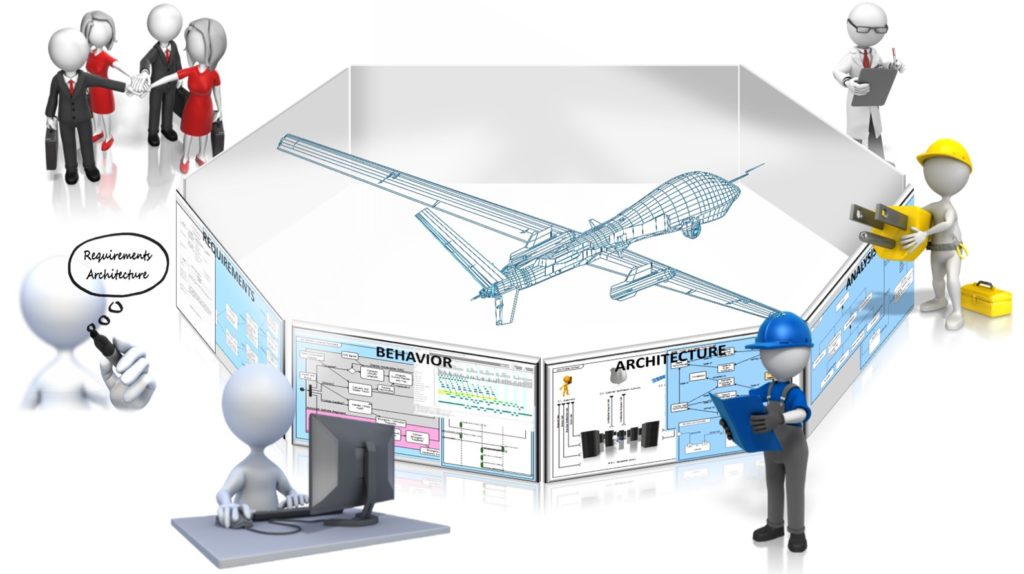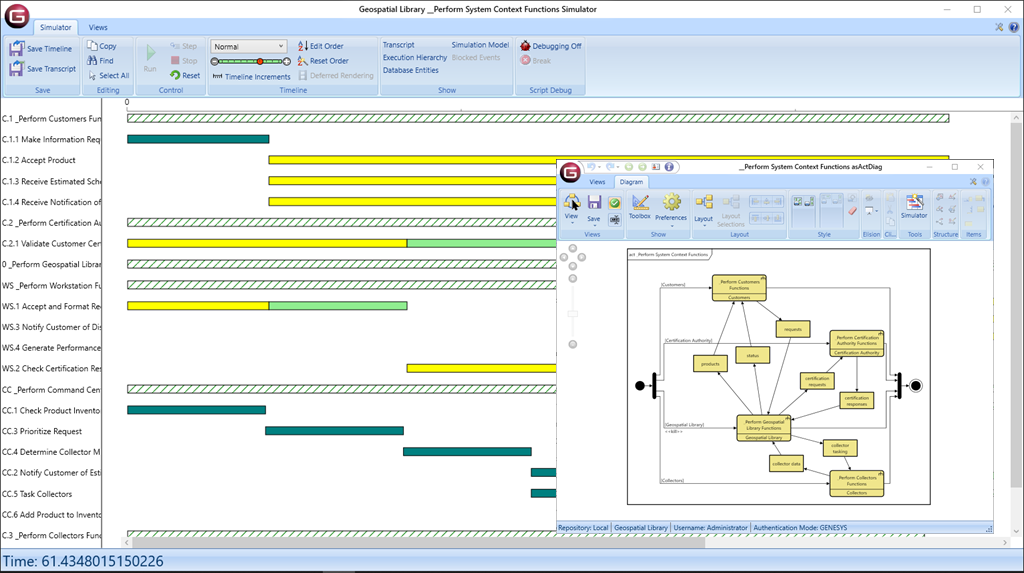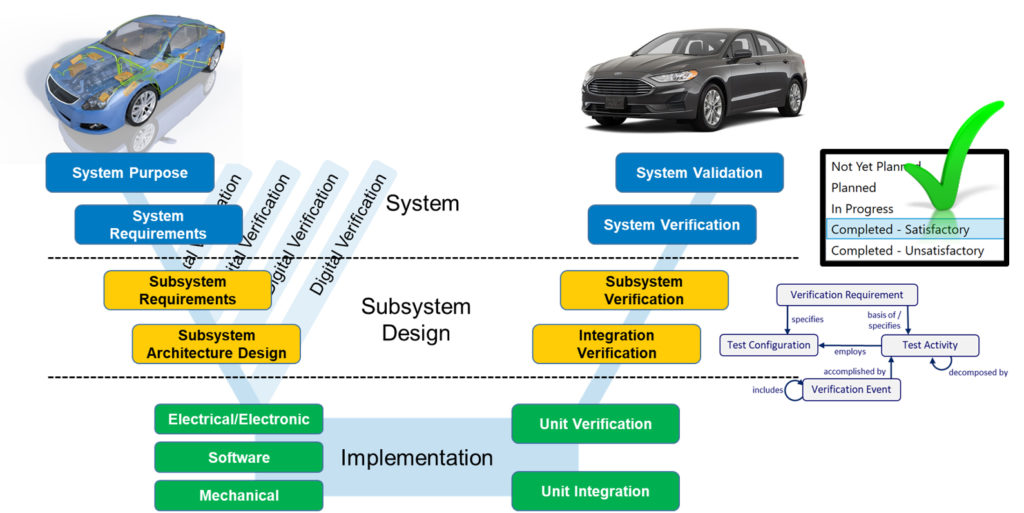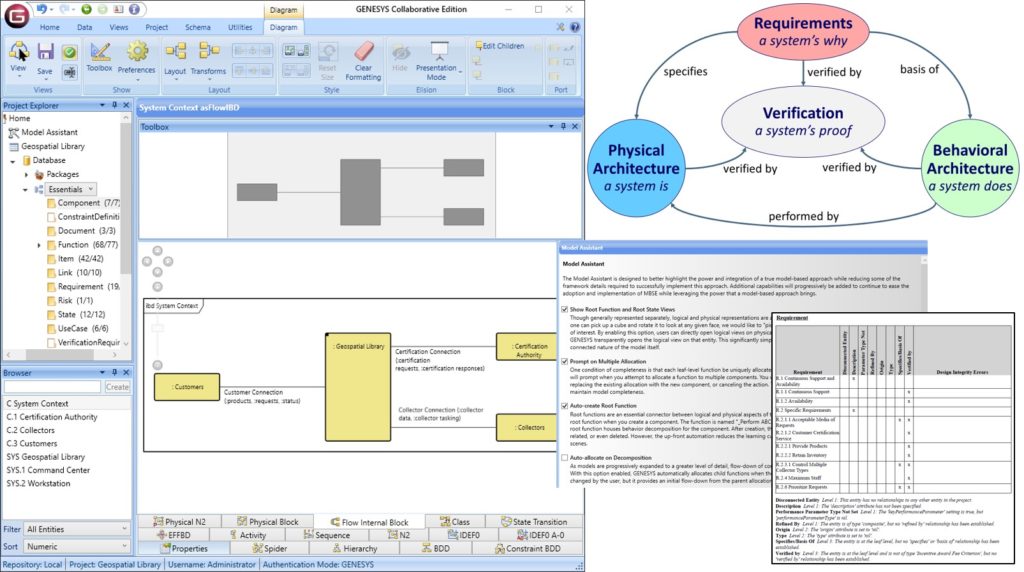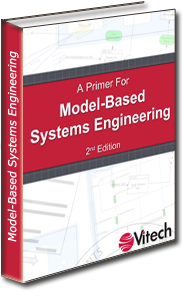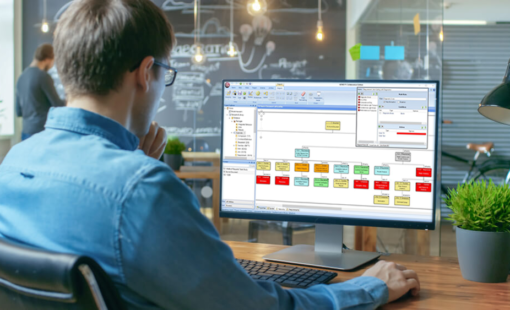Develop and maintain a source of truth for the system
Avoid making decisions based on outdated information. As you engineer, Vitech tools naturally become the systems engineering source of truth, spanning need to behavior, architecture, verification, and validation.
Move with speed, confidence, and agility as you work from what you know to what you don’t. Capture the design journey—concerns, risks, alternatives, decisions, and rationale—alongside the outcome, and equip yourself to adapt to changing requirements and technologies while simultaneously enabling defensibility and trust.
